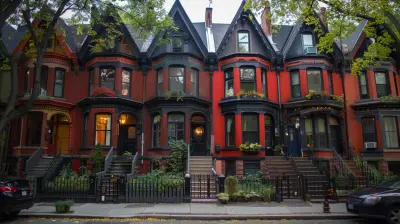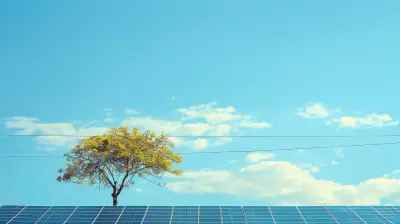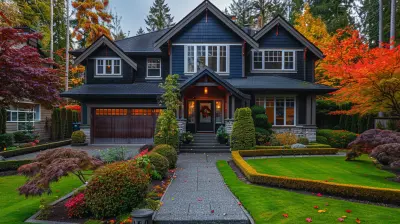Efficient Water Use: Designing Homes for Sustainability
9 October 2025
Water is one of our most precious resources, yet it's often taken for granted. With climate change intensifying and fresh water becoming scarcer in many parts of the world, designing homes that use water efficiently is more important than ever.
Sustainability isn't just a buzzword—it's a necessity. The way we design and build our homes plays a crucial role in conserving water while ensuring long-term environmental health. Whether you're constructing a new home or retrofitting an existing one, incorporating smart water-saving strategies can make a significant difference.
So, how can we design homes to use water more efficiently? Let's dive into the details. 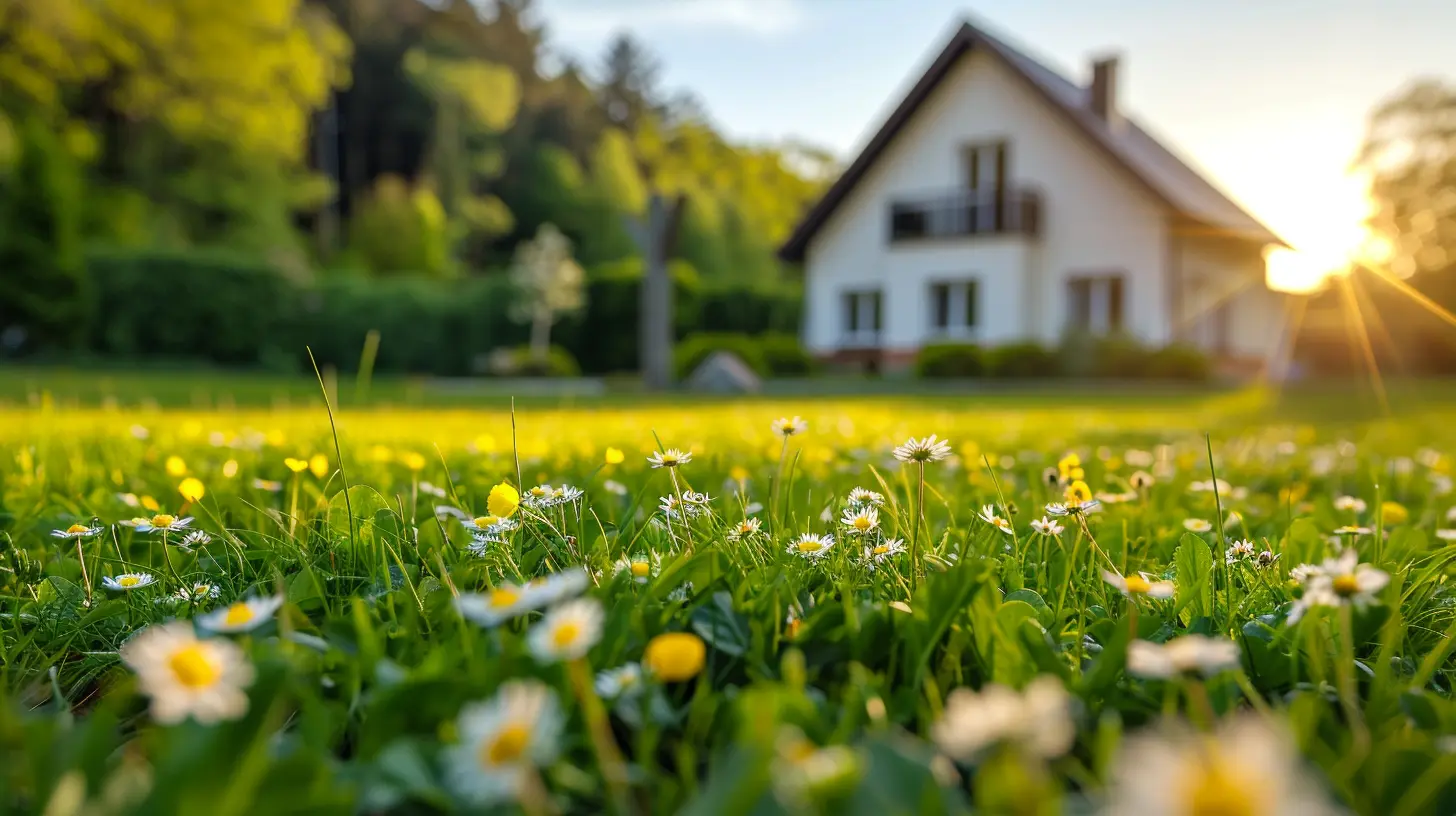
Why Water Efficiency Matters
Before we get into the nitty-gritty of sustainable home design, let's talk about why water efficiency should be a top priority.- Water scarcity is real – Many regions worldwide are already experiencing water shortages. Building water-efficient homes helps reduce the strain on local water supplies.
- Lower utility bills – The less water you use, the less you pay. Simple as that.
- Eco-friendly impact – Wasting water contributes to energy consumption (think of all the power used to pump, heat, and treat water). Efficient water use reduces your carbon footprint.
Now that we've got the "why" covered, let's shift gears and explore "how" to make homes more water-efficient. 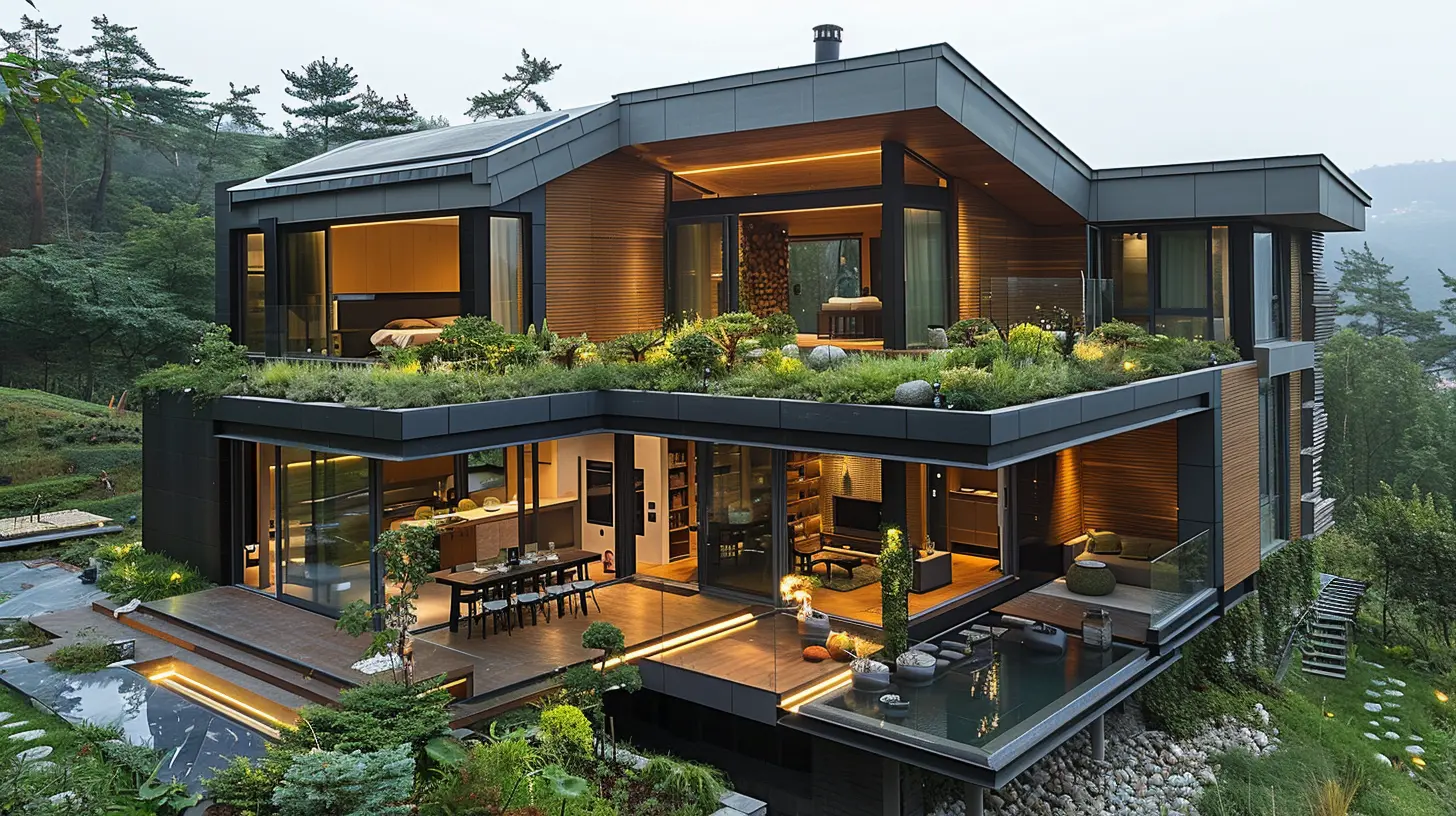
Smart Home Design to Maximize Water Efficiency
Building a sustainable home starts with thoughtful design. Here are some essential aspects to consider:1. Water-Efficient Landscaping (Xeriscaping)
A lush, green lawn looks great but requires excessive amounts of water. Instead, consider xeriscaping—a landscaping approach that uses native, drought-resistant plants, mulch, and drip irrigation to minimize water use.- Drought-resistant plants: Native plants require less water since they're adapted to the local climate.
- Mulching: Helps retain soil moisture and reduces evaporation.
- Drip irrigation: Delivers water directly to the roots, preventing waste.
By swapping out thirsty ornamental plants for local flora, you can maintain a beautiful yard while drastically cutting down on water consumption.
2. Rainwater Harvesting Systems
Why let rainwater go to waste when you can collect it and use it? Installing a rainwater harvesting system allows you to store and reuse water for irrigation, laundry, or even flushing toilets.- Rain barrels: A simple and affordable way to collect rainwater.
- Under-ground storage tanks: More advanced systems can store rainwater for household use.
- Gutter filtration: Ensures cleaner water before it enters your collection system.
Harvesting rainwater reduces reliance on municipal water supplies and lowers your water bill. It’s a win-win!
3. Greywater Recycling Systems
Did you know that water from sinks, showers, and washing machines (known as greywater) can be reused? Instead of sending it down the drain, a greywater recycling system treats and redirects it for irrigation or toilet flushing.- Simple greywater systems: Directly reroute water from laundry or bathroom sinks to the garden.
- Advanced filtration systems: Clean and treat greywater for multiple uses within the home.
This system can cut household water consumption by 30–50%! 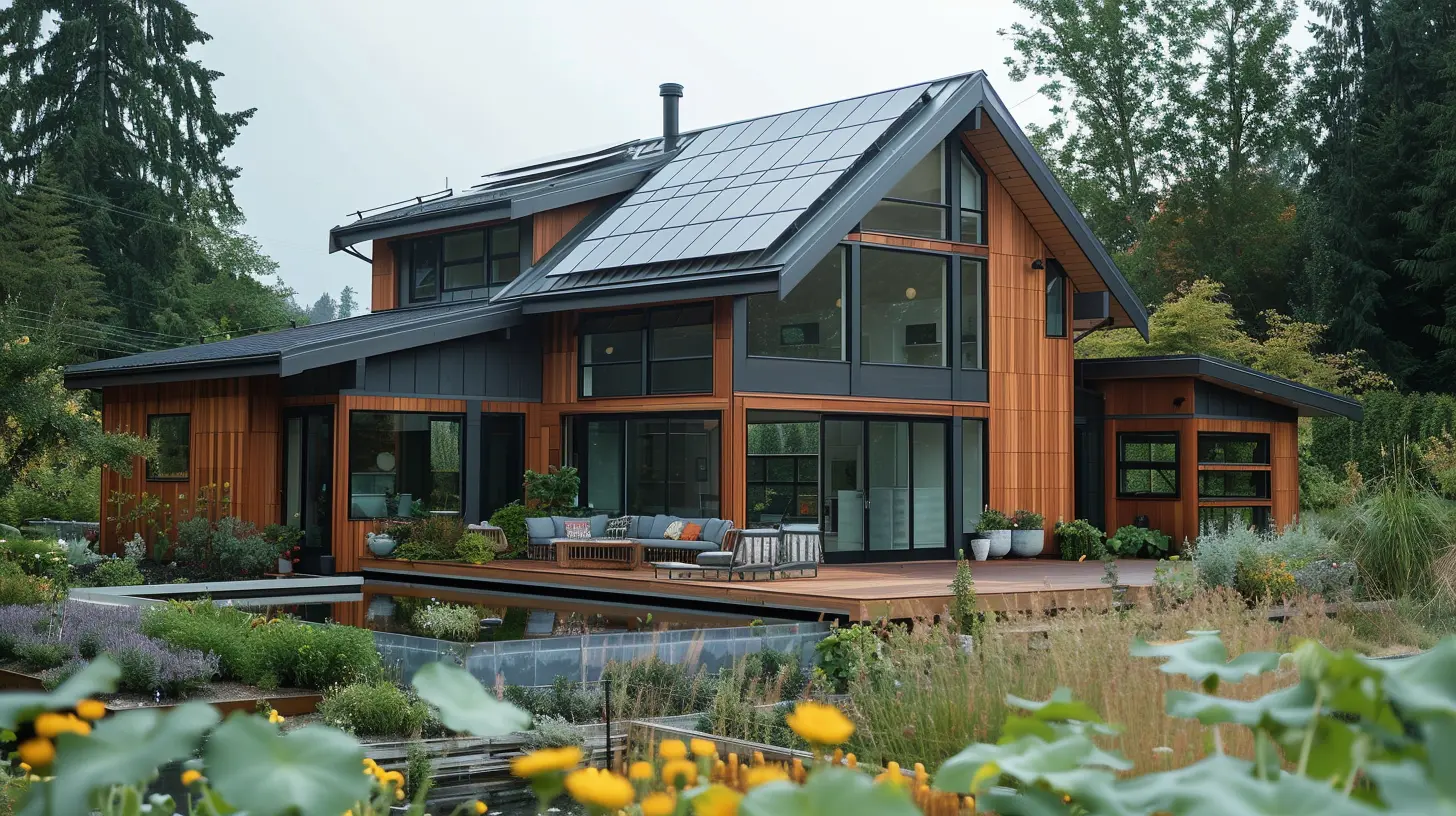
Water-Saving Fixtures and Appliances
Beyond designing an efficient home, outfitting it with water-saving fixtures and appliances is crucial.1. Low-Flow Faucets and Showerheads
Modern low-flow fixtures use significantly less water without compromising performance.- Low-flow showerheads: Use 40–60% less water than traditional models.
- Aerated faucets: Mix air with water to reduce flow while maintaining pressure.
By making this simple switch, families can save thousands of gallons of water annually.
2. Dual-Flush Toilets
Traditional toilets use a shocking amount of water with every flush—sometimes over 6 gallons per use! Dual-flush toilets offer two flushing options:- A half-flush for liquid waste
- A full-flush for solid waste
This allows users to conserve water without sacrificing functionality.
3. Water-Efficient Washing Machines
Front-loading or high-efficiency (HE) washing machines use up to 50% less water than older top-loading models. Investing in an ENERGY STAR-rated washer ensures both water and energy savings.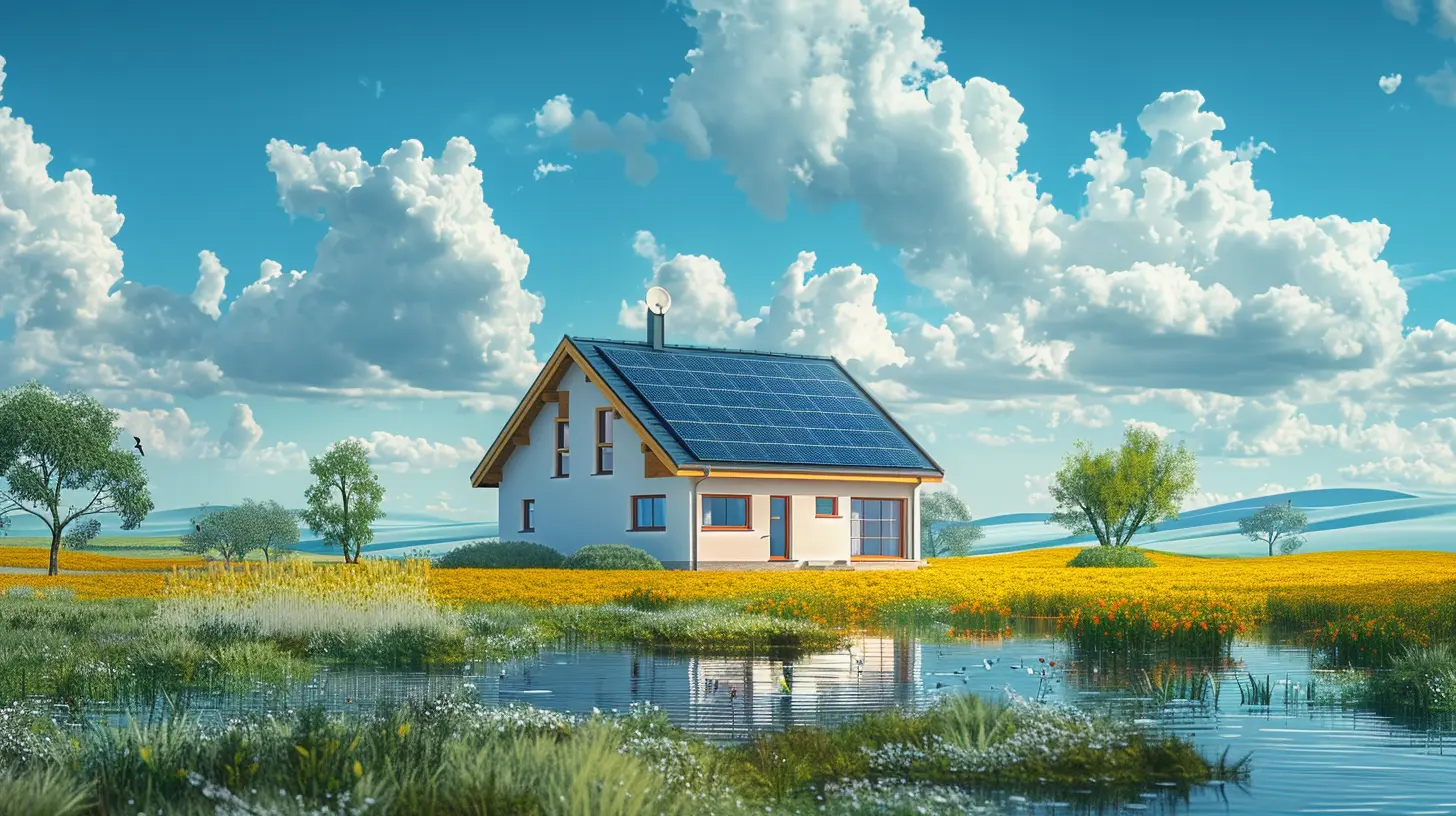
Behavioral Shifts for Water Conservation
Even with the best water-saving designs and appliances, daily habits play a huge role in water conservation. Here are some simple behavioral changes that make a difference:- Turn off the tap – Whether you're brushing your teeth or washing dishes, don't let the water run unnecessarily.
- Take shorter showers – Cutting just a couple of minutes from your shower can save gallons of water.
- Fix leaks immediately – A dripping faucet can waste hundreds of gallons per year!
- Only run full loads – Whether it’s the dishwasher or washing machine, make sure it’s full before running a cycle.
Designing a sustainable home is a fantastic step, but responsible water use in day-to-day life is just as important.
The Future of Water-Efficient Homes
As technology advances, we're seeing smarter and more efficient ways to conserve water at home.- Smart irrigation systems: These adjust watering schedules based on weather conditions and soil moisture levels.
- Automated leak detectors: Alert homeowners to leaks before they become a costly problem.
- Water recycling innovations: Some futuristic homes are even beginning to filter and reuse nearly all household water!
The future of sustainable housing looks promising. With continued innovation and a collective commitment to water conservation, we can make a meaningful impact.
Final Thoughts
Efficient water use is not just about reducing water bills—it's about safeguarding a vital resource for future generations. Through thoughtful home design, smart fixtures, and conscious habits, we can build homes that respect and preserve our planet.Water conservation doesn’t mean sacrificing comfort or convenience. With small, intentional changes, homeowners can enjoy sustainable living while making a positive impact.
So, whether you're building a new home or making upgrades, start thinking about how you can make water efficiency a priority. Because every drop counts!
all images in this post were generated using AI tools
Category:
Sustainable HousingAuthor:

Travis Lozano
Discussion
rate this article
1 comments
Lark McNulty
Smart water design enhances sustainability, reduces costs, and promotes eco-friendly living in homes.
October 9, 2025 at 3:40 AM

Travis Lozano
Thank you! I'm glad you found the article informative; smart water design truly is essential for achieving sustainability and reducing costs in our homes.
